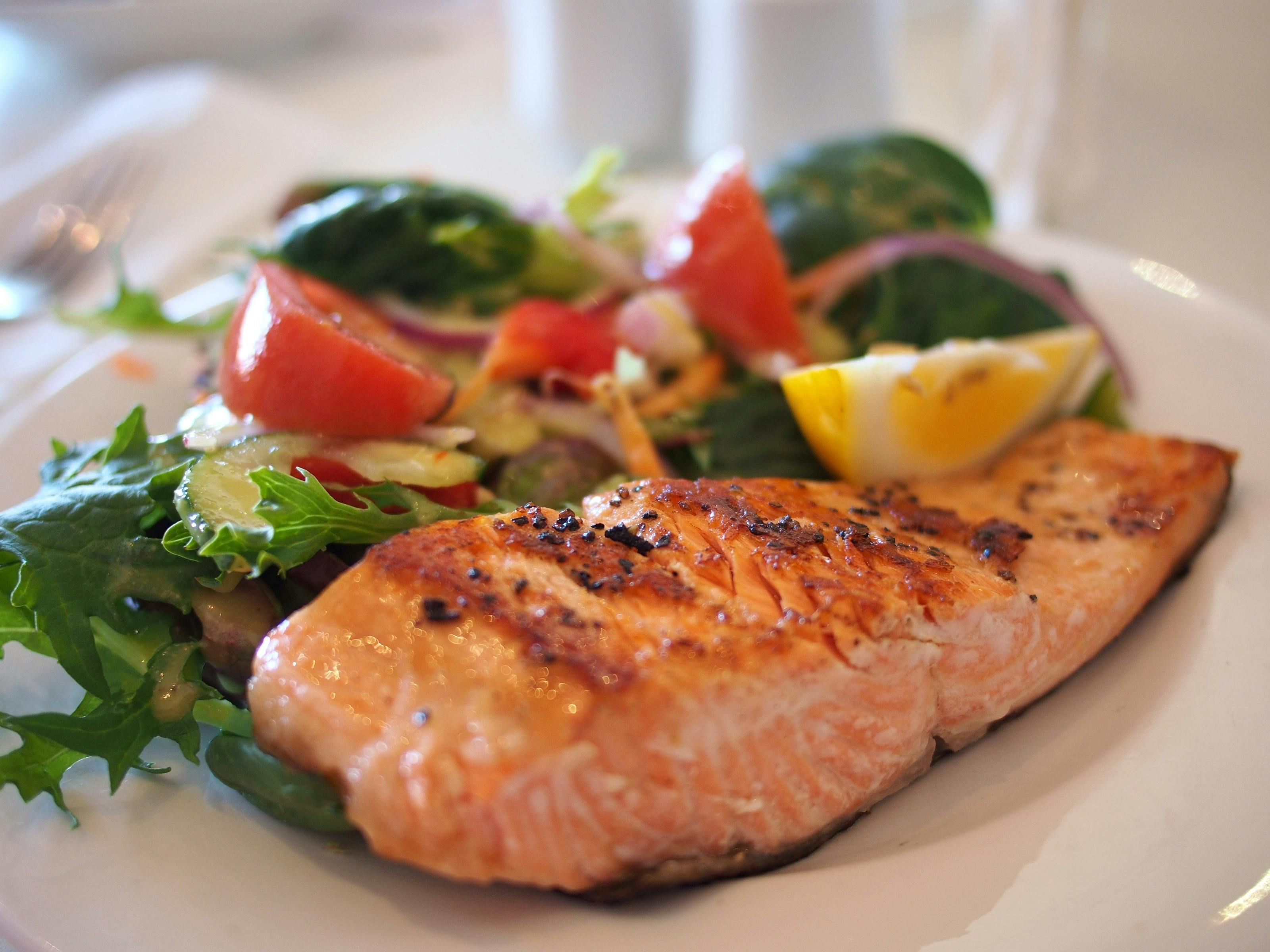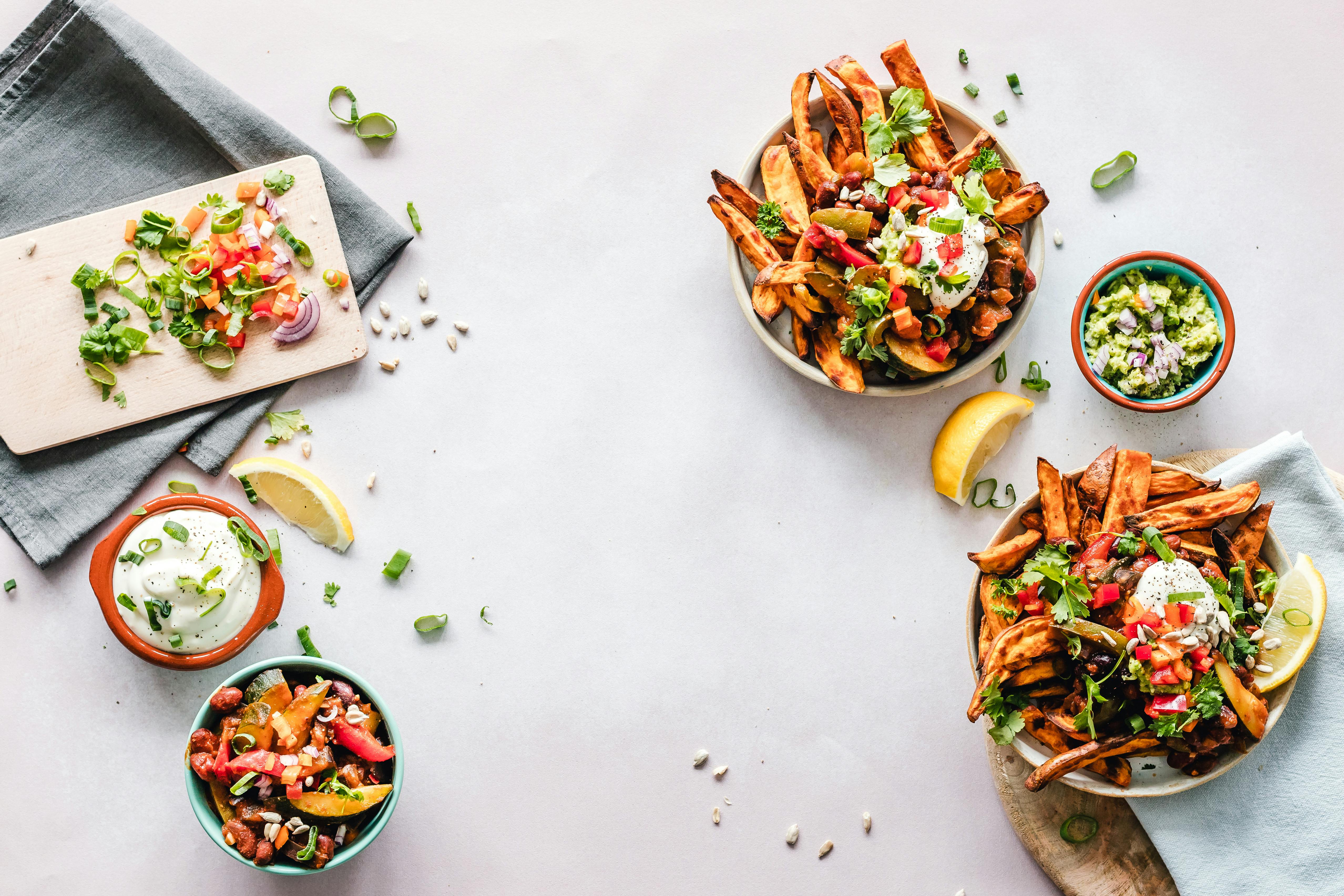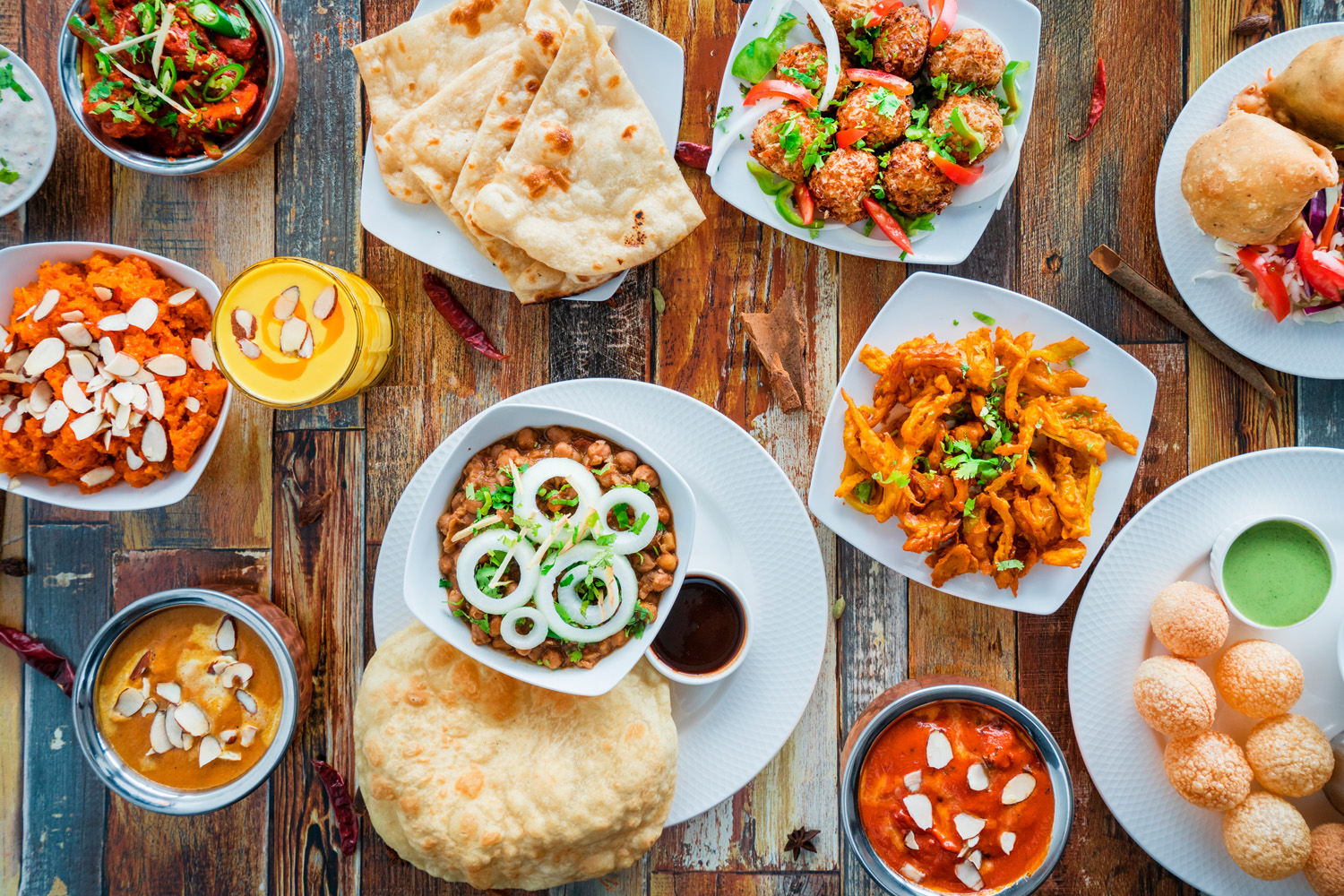Iran's Food Security: Navigating Sanctions And Scarcity
Table of Contents
- The Complex Landscape of Food Security in Iran
- Unpacking the Reality: Poverty and Food Insecurity in Urban Iran
- Economic Sanctions: A Direct Threat to Food Security in Iran
- Policy Responses and Their Efficacy: Navigating Agricultural Strategies
- Climate Change and Its Impact on Food Security in Iran
- Key Indicators of Food Stability and Security in Iran
- The Path Forward: Addressing Food Security Challenges in Iran
The Complex Landscape of Food Security in Iran
Food security, at its core, encompasses multiple levels: from the fundamental availability of food within a nation's borders to the physical and economic access individuals have to that food, and finally, the stability of that access over time. While this concept holds universal importance, it takes on particular urgency in developing and underdeveloped countries, where for most rural residents, food security primarily translates to the physical and economic ability to obtain sufficient nourishment. The stability of food security in Iran, therefore, hinges critically on ensuring that food is accessible to everyone, anywhere, and at any time across the country. In the face of ongoing economic sanctions, achieving this vital goal requires a strategic focus on Iran's natural resources and human factors. These elements are essential to bolster the nation's food stability, especially as the population grows and external pressures persist. The Iranian food and nutrition security system has, over the past three decades, seen significant developments, including the establishment of robust management infrastructure and an overall improvement in food and nutrition security status. However, a closer analysis of current programs reveals persistent challenges, including overlapping, intertwining, and sometimes parallel efforts among the responsibilities of related agencies. This fragmentation can hinder efficiency and comprehensive progress towards bolstering food security in Iran.Unpacking the Reality: Poverty and Food Insecurity in Urban Iran
Despite various efforts, Iran is currently grappling with severe food poverty and widespread economic instability. This situation persists even as President Masoud Pezeshkian's campaign promises have focused on addressing these critical issues. A comprehensive research study conducted in 2022 painted a stark picture of the state of poverty and food insecurity in Iran’s urban areas. The findings were alarming: only 45% of urban residents reported enjoying food security, while a staggering 55% faced the dual burden of poverty and food insecurity. This means that more than half of the urban population struggles to consistently access adequate food. The impact of this widespread insecurity is palpable in daily life. Per capita meat consumption, a key indicator of dietary quality and economic well-being, has plummeted to a mere four kilograms annually. This drastic reduction reflects a broader decline in the affordability and availability of nutritious foods. Furthermore, the economic strain is evident in soaring food prices, which have surged by an astonishing 40% to 103%. For many Iranian families, essential foodstuffs now consume an overwhelming 58% of the minimum wage, leaving little room for other necessities and highlighting the severe economic pressures on households. This reality underscores the urgent need for effective interventions to improve food security in Iran.The Human Cost: Household Food Security and Vulnerable Populations
At the most fundamental level, household food security means that all family members have consistent access to enough food to meet their minimum necessary requirements. However, this ideal is far from reality for a significant portion of the Iranian population. One major factor causing food insecurity is widely believed to be poverty, and its effects are acutely felt in urban centers. Approximately 20 million Iranians live in slums, characterized by highly vulnerable socioeconomic contexts, making them particularly susceptible to food insecurity. A systematic review approach investigating the scales, prevalence, contributing factors, and consequences of household food security in Iran reveals the pervasive nature of this challenge. Adding another layer of complexity, Iran hosts one of the world’s largest and most protracted refugee populations. Afghan and Iraqi refugees have arrived in successive waves over the past four decades, further straining resources and adding to the number of individuals and families who are highly vulnerable to food insecurity. These populations often face additional barriers to employment and access to social safety nets, exacerbating their precarious food situation. Addressing the needs of these diverse and often marginalized groups is a crucial component of any comprehensive strategy aimed at improving food security in Iran.Economic Sanctions: A Direct Threat to Food Security in Iran
The impact of international economic sanctions on the daily lives of Iranian households cannot be overstated, particularly concerning food prices and overall food security. While sanctions are often intended to exert political pressure, their collateral damage frequently extends to the most basic necessities of life. Studies have been conducted specifically to determine the effects of these sanctions on food prices and the food security of Iranian households, revealing a direct correlation between the imposition of sanctions and an escalation in the cost of essential goods. Sanctions disrupt supply chains, limit access to foreign currency, and increase the cost of imports, all of which directly translate into higher prices for consumers. Even when food items are technically exempt from sanctions, the broader financial restrictions make it incredibly difficult for Iran to conduct international trade, procure necessary agricultural inputs, or even process payments. This creates an environment where food becomes more expensive and less consistently available, pushing more families into food insecurity. The inability to import critical components for domestic food production or to easily purchase food from international markets puts immense pressure on the national food supply, making the goal of stable food security in Iran an even more formidable challenge. The economic instability fueled by sanctions directly undermines the purchasing power of average citizens, making the already high food prices unbearable for a large segment of the population.Policy Responses and Their Efficacy: Navigating Agricultural Strategies
In response to the challenges of food security, Iran has implemented various agricultural and social policies aimed at bolstering its domestic food supply and ensuring access for its population. One notable approach involves providing farmers with guaranteed price floors for some twenty crops. This policy is designed to boost agricultural supply by offering farmers a stable and predictable income, thereby encouraging production. Concurrently, consumer subsidies for bread and grains are in place to ensure societal access to these basic foodstuffs, bolstering demand and making them affordable even for lower-income households. The reality of food security in Iran is deeply intertwined with the effectiveness of these agricultural policies. Over the past three decades, the Iranian food and nutrition security system has seen the development of management infrastructure and an overall improvement in food and nutrition security status. However, analyses of current programs have identified issues such as overlapping, intertwining, and parallel works in the responsibilities of related agencies, which can impede efficiency. In 2004, the Nutrition Research Institute and Food Technology in Iran developed a second optimal food basket, utilizing an econometric method tailored by province, and taking into account household budgets, dietary culture, behaviors, and recommended key nutrient needs. This initiative aimed to provide a more targeted approach to ensuring adequate nutrition across diverse regions. Despite these efforts, the factors contributing to the decline of Iranian approximations regarding achieving comprehensive food security remain a significant concern, prompting a continuous search for alternative social policies.Caloric Intake as a Proxy for Food Security: Insights and Limitations
To assess the state of food security, researchers often employ various indicators. One such method involves analyzing caloric intake as a proxy for food security. This study analyzes caloric intake in Iran to determine factors associated with it that could be impacted by policies, often applying logistic regression modeling for the analysis. While energy intake does not necessarily equate to good nutrition – as it doesn't account for micronutrient deficiencies or dietary diversity – several studies at both national and international levels have utilized this indicator as a practical proxy for assessing food security status. The use of caloric intake as an indicator provides a quantifiable measure that can reveal trends in food availability and access. For instance, a decline in average caloric intake across a population segment would signal a worsening food security situation. However, it's crucial to acknowledge the limitations. A household might consume enough calories but derive them from a limited range of cheap, high-energy, but nutrient-poor foods. Therefore, while useful for broad assessments, a comprehensive understanding of food security in Iran requires looking beyond just caloric intake to include dietary quality and diversity, alongside economic and physical access.Climate Change and Its Impact on Food Security in Iran
Beyond economic sanctions and internal policy challenges, climate change presents another formidable threat to food security in Iran. The country, largely arid and semi-arid, is particularly vulnerable to the impacts of a changing climate, including increased temperatures, altered precipitation patterns, and more frequent extreme weather events. A study specifically aimed to examine the economic impact of changing climate variables on two crucial components of food security: availability and access to food. The research focused on wheat and rice, which are considered the two most important staple foods in the country, serving as representatives of the broader food security landscape. Using a CGE (Computable General Equilibrium) model, and in some contexts, a stochastic model based on Monte Carlo simulation, researchers can project how climate-induced changes in agricultural productivity might ripple through the economy, affecting prices, incomes, and ultimately, the ability of households to acquire food. Reduced yields due to drought or heat stress directly impact food availability, while subsequent price increases can severely limit economic access for vulnerable populations. The long-term implications of climate change on water resources, arable land, and agricultural output pose a significant and growing risk to the future of food security in Iran, demanding proactive adaptation strategies and resilient agricultural practices.Key Indicators of Food Stability and Security in Iran
Understanding the complex dynamics of food security requires a robust framework of indicators. The link between indicators of food stability and food security in Iran is a subject of ongoing analysis, helping policymakers and researchers to gauge the nation's progress and identify areas of concern. Several key indicators are selected to provide a comprehensive picture of the situation:- **Percent of Arable Land Equipped for Irrigation:** Given Iran's arid climate, the extent to which agricultural land is irrigated is a critical determinant of its productivity and resilience to drought. A higher percentage suggests greater capacity for stable food production.
- **Cereal Imports Dependency Ratio:** This indicator measures the proportion of a country's cereal supply that comes from imports. A high dependency ratio signals vulnerability to international price fluctuations, geopolitical tensions, and sanctions, all of which directly impact food security in Iran.
- **Value of Food Imports Over Total Merchandise Exports:** This ratio reflects the economic burden of food imports on the national economy. A high value suggests that a significant portion of export earnings must be allocated to food purchases, potentially diverting funds from other developmental areas.
- **Per Capita Food Production Variability:** This indicator assesses the fluctuations in domestic food production per person. High variability suggests an unstable food supply, which can lead to price volatility and periods of scarcity.
- **Per Capita Food Availability:** While similar to caloric intake, this broader measure considers the total amount of food available for consumption per person, often derived from national food balance sheets.
The Path Forward: Addressing Food Security Challenges in Iran
The challenge of achieving "zero hunger," the second Sustainable Development Goal, is one of humanity’s most critical challenges and is deeply interlinked with food security. For Iran, addressing the complex web of factors contributing to food insecurity requires a multi-pronged and integrated approach. Concerning that the stability of food security in Iran depends on access to food anywhere and anytime in the country, particularly in the current economic climate and in the face of persistent sanctions, achieving food security demands a renewed focus on natural resources and human factors. These elements are essential to ensure the long-term food stability of Iran. Moving forward, strategies must prioritize:- **Enhancing Domestic Production Resilience:** This includes investing in sustainable agricultural practices, improving irrigation efficiency, and promoting crop diversification to reduce reliance on a few staple foods and external markets. Policies that guarantee fair prices for farmers while ensuring consumer affordability remain crucial.
- **Strengthening Social Safety Nets:** Expanding and streamlining programs that provide direct support to vulnerable households, including those in slums and refugee populations, is vital. This could involve targeted food assistance, cash transfers, or nutritional supplementary programs for children, as seen in past initiatives like the national food supplementary program for children.
- **Optimizing Policy Coordination:** Addressing the identified overlaps and parallel works in the responsibilities of related agencies is paramount. A more cohesive and coordinated governmental approach will ensure resources are used efficiently and policies are implemented effectively to bolster food security in Iran.
- **Mitigating Sanctions Impact:** While challenging, exploring humanitarian trade channels, leveraging domestic innovation, and fostering regional food trade agreements can help buffer the severe effects of sanctions on food imports and prices.
- **Adapting to Climate Change:** Proactive measures to adapt agriculture to changing climate variables are indispensable. This includes developing drought-resistant crops, implementing water-saving technologies, and supporting farmers in adopting climate-smart agricultural practices.
The intricate challenges surrounding food security in Iran underscore the profound impact of economic, environmental, and social factors on a nation's well-being. From the pervasive issue of urban food insecurity, where over half the population struggles, to the direct and indirect effects of economic sanctions on food prices and availability, the path forward is complex. Yet, the nation's commitment to agricultural policies, consumer subsidies, and past nutritional programs demonstrates a recognition of this vital need. As Iran navigates a future shaped by climate change and geopolitical pressures, the continued focus on strengthening domestic production, enhancing social safety nets, and ensuring policy coherence will be paramount. Achieving true food security in Iran is not merely an economic goal, but a fundamental human right, demanding sustained effort and strategic innovation.
What are your thoughts on the most effective strategies for Iran to bolster its food security in the current global climate? Share your insights in the comments below, and consider exploring other articles on our site that delve into global food challenges and sustainable development initiatives.
- When Did Jennifer And Brad Divorce
- 9xsarmy
- Marietemara Leaked Vids
- Jesse Metcalfe Children
- Daisy From Dukes Of Hazzard Now

Food Photography · Pexels · Free Stock Photos

Food Photography · Pexels · Free Stock Photos

Indian Food